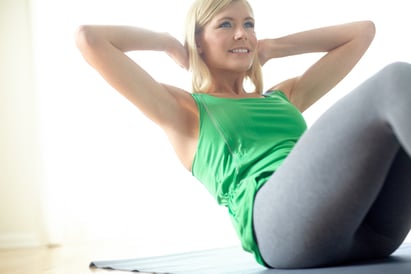 Low-back pain is an issue with so many people who are spending entire days sitting to do work. Stretching and mobility work will help ease the lower-back pain, getting the muscles to relax and loosen. Here are some moves to get loose and then start to strengthen the core to keep the pain away.
Low-back pain is an issue with so many people who are spending entire days sitting to do work. Stretching and mobility work will help ease the lower-back pain, getting the muscles to relax and loosen. Here are some moves to get loose and then start to strengthen the core to keep the pain away.
Cat-Cow/Child’s Pose Mobility Move
Start on your knees with hands under your shoulders, with your toes curled. Using your breath, inhale; then exhale as you tuck your chin toward your chest; and round your low back toward the ceiling. Think about pushing your belly button to the sky. Inhale back to your start position, then exhale looking up slightly and dropping your belly button toward the floor. You are thinking of tilting your hips downward. Inhale back to your start, but reach your hands in front of you, extending the arms and flattening your feet. On your exhale, drive your hips back and enjoy the nice long stretch from your arms through the low back.
Go slowly with your breath for 4–6 rounds. If one position feels good, stay for a few breaths. You can do this multiple times a day and up to every day.
Bird Dog
Start on your knees with hands under your shoulders, with your toes curled. Extend one arm ahead of you and the opposite leg behind you. Think of someone pulling your arm forward and pulling the heel of the extending leg into the wall behind you. Hold for a 5 count. Do not be surprised if your balance is off. (If it is, it’s easy to fix by closing your eyes). Come back to the start position and switch to the opposite arm/leg combination.
Hold each side for a 5 count, with easy breathing. Do up to 5 per side most days of the week.
Plank
Start on your elbows and knees, with the body forming a nice line from your ears to your knees. Think of keeping your glutes tight, and bracing your abs. Build your hold up to 1 minute. If that is too easy, extend your legs and form a line from your ears to your ankles. Think of the same holds, breathing easily. Work up to 1 minute. Then add sets.
NOTE: many people with weak cores will feel some low-back soreness. If this occurs, do a body check: are you in a good line? If so, stay in the plank only until you feel discomfort. Try the other exercises listed and build up your core strength, slowly.
You can do this most days of the week but remember that all muscles need rest and recovery to get stronger.
Heel Touch
Lying on your back, bring your feet up with your knees at 90 degrees. Flatten the low back and keep it flat. Exhale and lower one leg until the heel touches the floor, raise back to start, and repeat on the other side. You may be surprised that it’s easier to keep flat on one leg. Keep working to get the sides even. Do 6–10 on each side. You can do this most days of the week, but remember that all muscles need rest and recovery to get stronger.
There you go! Start (re)building your core with these moves. Stay in a pain-free range and use the exercises that you can do first, and then build to the more challenging ones later.
This blog was written by Kris Simpson BS, ACSM-PT, HFS, personal trainer at NIFS. To read more about Kris and the NIFS bloggers, click here.


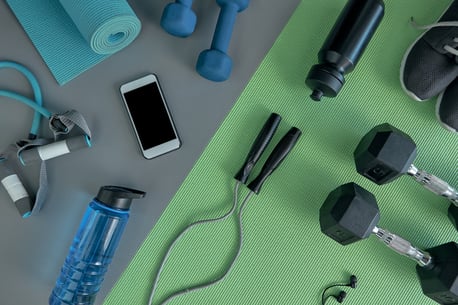 The saying often goes, “success breeds success,” but I’m a big believer that failure leads to just as much and even more success. Being reactive in nature to a situation (as most of our population is) can delay a successful outcome, but often does lead to one. Obviously being proactive, anticipating and avoiding rather than catching and correcting, is a more successful model of living; but we find ourselves in situation we really couldn’t anticipate. There are some lessons to be learned and success that can come from this desperate situation we are all in.
The saying often goes, “success breeds success,” but I’m a big believer that failure leads to just as much and even more success. Being reactive in nature to a situation (as most of our population is) can delay a successful outcome, but often does lead to one. Obviously being proactive, anticipating and avoiding rather than catching and correcting, is a more successful model of living; but we find ourselves in situation we really couldn’t anticipate. There are some lessons to be learned and success that can come from this desperate situation we are all in.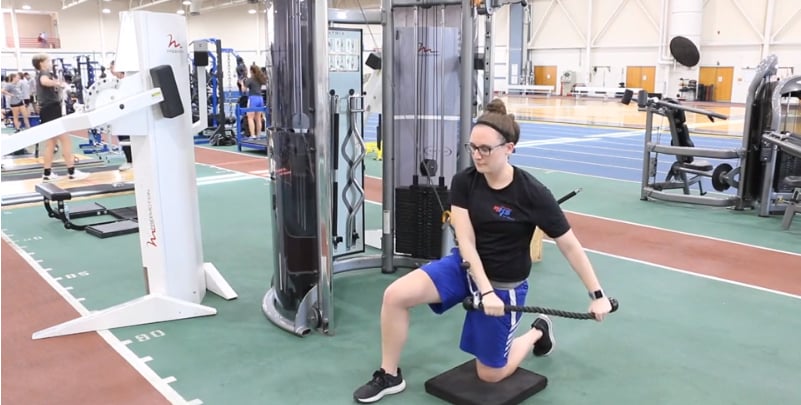
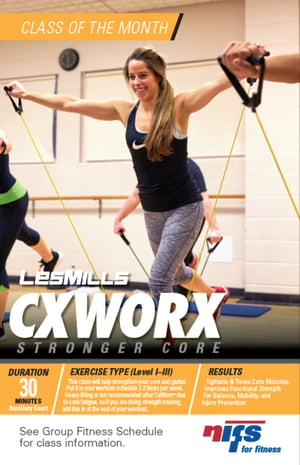 CXWORX
CXWORX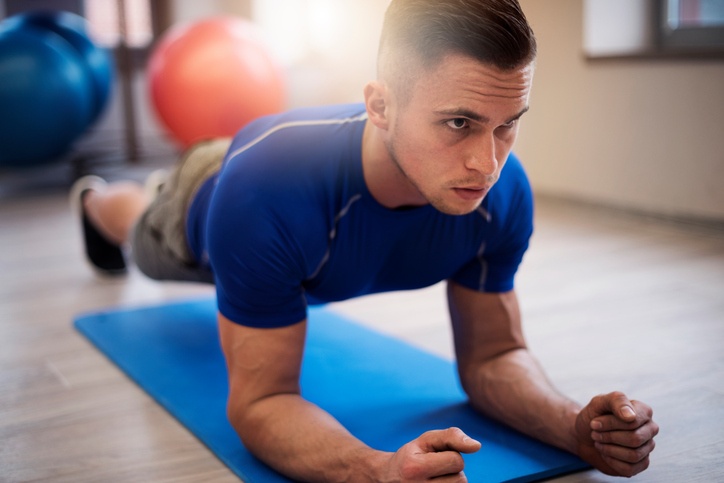 Some of the number-one fitness goals are to strengthen the core, lose belly fat, and get six-pack abs. These are all pretty good goals that can be addressed by a fitness professional and a dietitian, but everyone might not have that luxury. From a traditional perspective, we have mainly used a few ab exercises such as crunches, sit-ups, and variations of them. For the most part, these are better than the alternative—nothing at all.
Some of the number-one fitness goals are to strengthen the core, lose belly fat, and get six-pack abs. These are all pretty good goals that can be addressed by a fitness professional and a dietitian, but everyone might not have that luxury. From a traditional perspective, we have mainly used a few ab exercises such as crunches, sit-ups, and variations of them. For the most part, these are better than the alternative—nothing at all. Anti-rotational holds: Using either a cable machine or bands, stand perpendicular to the anchor point while holding your handle directly in front of your midpoint. To increase the intensity, I suggest introducing a kneeling or half-kneeling position, making the core work even harder.
Anti-rotational holds: Using either a cable machine or bands, stand perpendicular to the anchor point while holding your handle directly in front of your midpoint. To increase the intensity, I suggest introducing a kneeling or half-kneeling position, making the core work even harder.